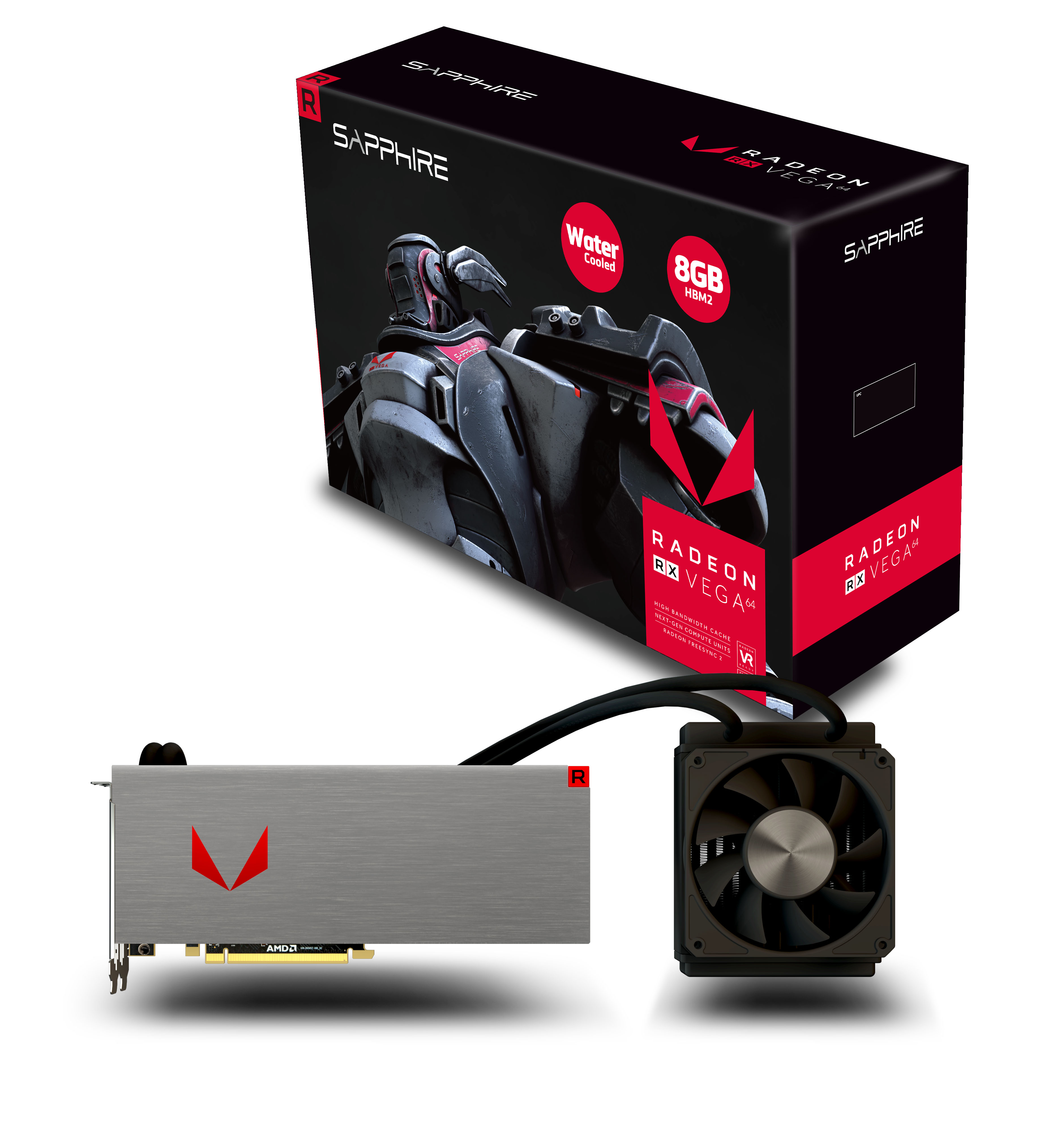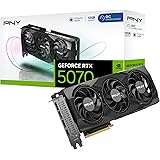The AMD Radeon Vega 64 Liquid Cooled graphics card is notable for its performance, particularly in cryptocurrency mining. As digital currencies become more popular, understanding the hashrate capabilities of such GPUs is essential for miners seeking efficiency. This post summarizes the hashrate, optimized hashrate, and power usage across various mining algorithms.

When mining Ethereum, the AMD Radeon Vega 64 typically achieves a stock hashrate ranging from 35 to 38 megahashes per second (MH/s). To enhance performance, miners can optimize the settings, boosting the hashrate to between 42 and 44 MH/s. However, this increased performance comes with power consumption ranging from 290 to 330 watts, an important factor to consider for efficient mining operations. Optimizing the settings not only improves mining output but can also affect the overall power usage, making it a critical aspect of mining strategy.
For the Ethereum Proof of Work (ETHW), the hashrate improves significantly, hitting approximately 48. 8 MH/s at a power draw of around 170 watts. This showcases the potential of the AMD Radeon Vega 64 when configured for specific tasks, and these figures indicate that with proper adjustments, miners can achieve higher efficiency while consuming less power compared to other mining activities.
In addition to Ethereum, miners often turn to Monero, a cryptocurrency known for its privacy features. The stock hashrate for Monero on the Vega 64 card is around 1800 hashes per second (H/s), which can be optimized to reach approximately 2000 H/s. The power usage for mining Monero varies, drawing between 180 and 345 watts. This variation highlights the flexibility offered by the GPU in different scenarios, making it appealing to a wide range of miners.
Zcash, which employs a different mining algorithm, also benefits from the Vega 64’s capabilities. The stock hashrate for Zcash is about 450 sols per second, which can be optimized to reach around 500 sols per second. The power consumption for this algorithm is around 345 watts, reinforcing the trend that higher performance can lead to increased power usage, something miners must balance in their operations.
The AMD Radeon Vega 64 Liquid Cooled graphics card demonstrates impressive hashrate capabilities across various mining algorithms. By fine-tuning settings, miners can obtain optimized hashrates, although this often comes at the cost of increased power consumption. Understanding these metrics is essential for anyone engaged in cryptocurrency mining, as efficiency directly impacts profitability in this competitive field.
Summary of the AMD Vega 64 Liquid Cooled Specifications :
- Compute Units : 64 nCU
- Stream Processors : 4096
- Texture Units : 256
- Transistor Count : 12.5B
- Base Frequency : 1406
- Boost Frequency : 1677
- Memory Type : HBM2
- Memory Interface : 2048-bit
- Memory Bandwidth : 484 GB/s
- Peak Pixel Fill-Rate : 107.3 GP/s
- Peak Texture Fill-Rate : 429.3 GT/s
- Memory Data Rate : 1.9 Gbps
- Memory Speed : 945 MHz
- Memory Size : 8GB

An Efficient Performer for Cryptocurrency Mining
The AMD Radeon Vega 64 liquid cooled miner has established itself as a strong contender in the realm of cryptocurrency mining, particularly in mining algorithms like Ethash, RandomX, and Equihash. With a performance of approximately 49 MH/s in Ethash, it proved to be a solid choice during its prime era. Although it has shown competent performance, its efficiency is considered mediocre when compared to modern GPUs, which typically operate at around 0. 14 MH/W. This essay explores the mining capabilities of the Vega 64, its power consumption, and the advantages of liquid cooling.
One of the primary attractions of the Vega 64 is its robust hashing power. When mining Ethereum using Ethash, miners have reported impressive results, making it a viable option for individuals looking to earn cryptocurrencies. However, despite its strong performance metrics, the GPU’s energy efficiency reveals a different story. Modern graphics cards have made significant advancements in performance-per-watt efficiency, which highlights that the Vega 64 may not be the most economical choice for those focused on maximizing profit margins in today’s competitive mining landscape.
The Vega 64 exhibits versatility beyond Ethereum mining. It performs well with RandomX, the algorithm used by Monero, as well as Equihash, which powers Zcash. This flexibility allows miners to adapt their strategies based on market conditions, making the Vega 64 a good choice for multitasking. However, miners should be mindful of the power consumption, which typically exceeds 300 W. Such high power draw necessitates careful management of power settings, including undervolting and overclocking memory, to enhance performance and reduce electricity costs.
Liquid cooling technology significantly contributes to the Vega 64’s operational efficiency. By maintaining temperatures below 60 °C, the liquid-cooled setup ensures that the GPU can sustain high performance over extended periods. High temperatures can negatively affect the performance and lifespan of the hardware, but effective cooling mitigates these risks. This results in stable mining operations, which is crucial when mining cryptocurrencies where consistent uptime is essential for profitability.
The AMD Radeon Vega 64 liquid cooled miner remains a formidable player in the cryptocurrency mining space, especially for enthusiasts willing to optimize their setups. With a powerful output in hashing, versatile usage, and the benefits of liquid cooling, it is an interesting option despite some inefficiencies when compared to modern counterparts. As the landscape of cryptocurrency mining continues to evolve, understanding the strengths and limitations of such hardware will help miners make informed decisions for their operations.
Optimal Configuration for Mining
To maximize its performance and increase profitability, miners must understand and implement an optimal configuration. Firstly, selecting the right driver is crucial. AMD provides a specific blockchain/mining driver that enhances performance in mining operations. This driver should be paired with the latest version of the Radeon Open Compute (ROCm) software on a Linux operating system. Using this combination ensures that the GPU runs at its best, leveraging the full capabilities of the hardware while optimizing interaction with the mining software.
Another important factor to consider is undervolting the GPU. By adjusting the core voltage to a range of approximately 850 to 950 mV, miners can reduce power consumption without significantly impacting performance. This setting typically reflects a reduction of 21% to 28% in voltage, which translates into lower energy costs while maintaining effective mining capabilities.
Next is the power limit configuration. Miners should consider lowering the power limit by about 20% to 30%. Reducing the power limit not only helps to save on electricity bills but also keeps the GPU cooler, which can prolong the lifespan of the hardware. Operating the Vega 64 efficiently means finding a balance between power consumption and performance output.
Overclocking the memory is another strategy to boost performance. The HBM2 memory of the Vega 64 can be overclocked to a frequency range of 1025 to 1100 MHz. This increase in memory speed can lead to improved mining output, allowing the GPU to process data more quickly.
Finally, maintaining optimal cooling is essential. With liquid cooling, it is recommended to keep temperatures around 50 °C, and using a pulse width modulation (PWM) fan configuration at around 960 RPM can help maintain this temperature consistently. Proper cooling mitigates overheating, which can lead to hardware failure and decreased efficiency.
Configuring the AMD Radeon Vega 64 Liquid Cooled for cryptocurrency mining involves multiple settings that optimize performance while minimizing energy costs. By using the appropriate driver, undervolting, setting the right power limits, overclocking memory, and ensuring adequate cooling, miners can achieve an impressive rate of approximately 43 MH/s at approximately 300 W, which equals about 0. 14 MH/W. This configuration balances effectiveness and efficiency, making it a valuable approach for miners looking to enhance their operations.
Summary of the Mining Hashrates:
Ethereum Mining Hashrate : 38 MH/s
OverClocking Hashrate : 44 MH/s
Zcash Mining Hashrate : 450 sol/s
OverClocking Hashrate : 500 sol/s
Monero Mining Hashrate : 1800 H/S
OverClocking Hashrate : 2000 H/S
AMD Radeon Vega 64 Liquid Cooled OverClocking Settings :
- Voltage :
- Ethereum : -21%
- Zcash : -20%
- Monero : -20%
- Core :
- Ethereum : 1002
- Zcash : 1500
- Monero : 1500
- Memory : 1100
Power Consumption : 345 Watt/Per Hour
One of the most reliable ways to obtain a new AMD Radeon Vega 64 liquid-cooled card is through trusted online retailers such as Scan UK and WatercoolingUK.
For those looking for more budget-friendly options, used units of the Vega 64 are widely available through platforms like eBay and various hardware swap communities. These platforms provide a marketplace where individuals can buy and sell second-hand components. When purchasing used graphics cards, it’s essential to take certain precautions, such as checking the seller’s ratings and reviews. This helps ensure that the card is in good working condition and that the transaction is secure. Moreover, many users on these platforms are passionate about hardware, which can lead to informative discussions and insights about the product’s performance.
Alternatively, Amazon is another place where consumers can search for the Vega 64. The platform often features listings from various sellers, providing a range of options regarding price and condition.




